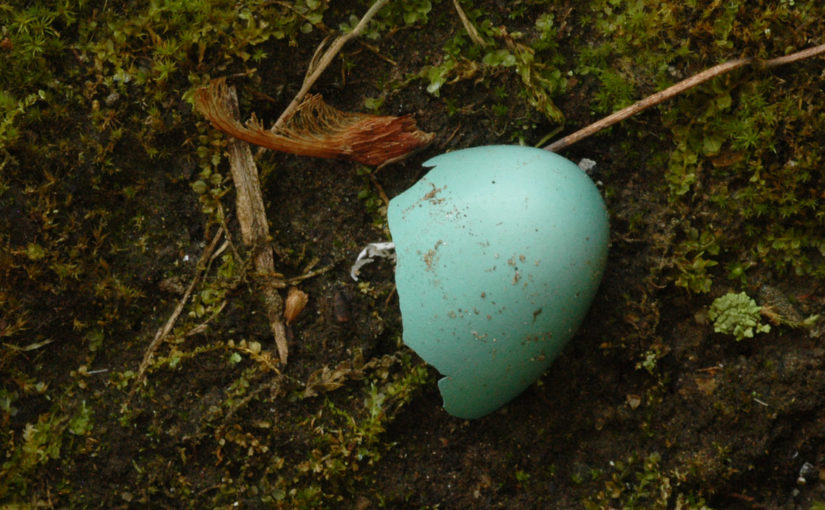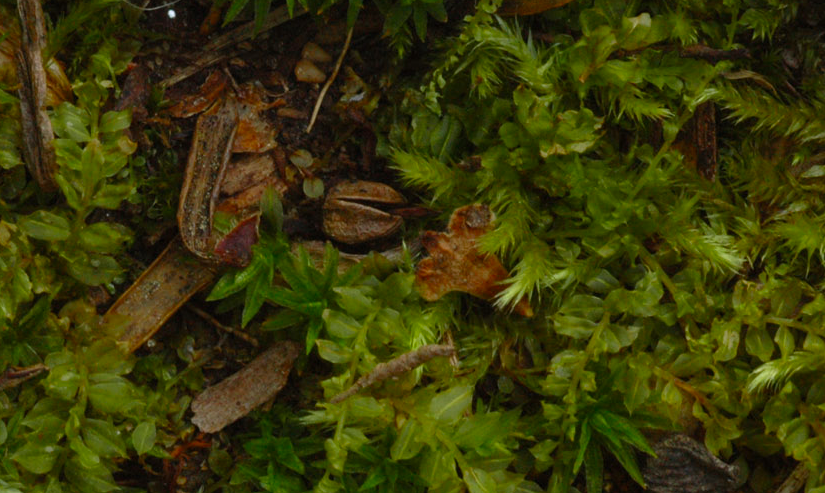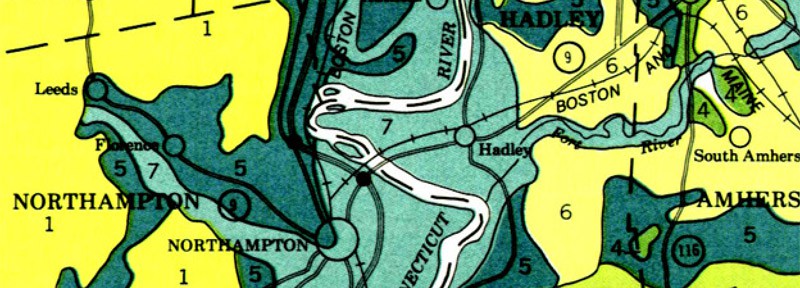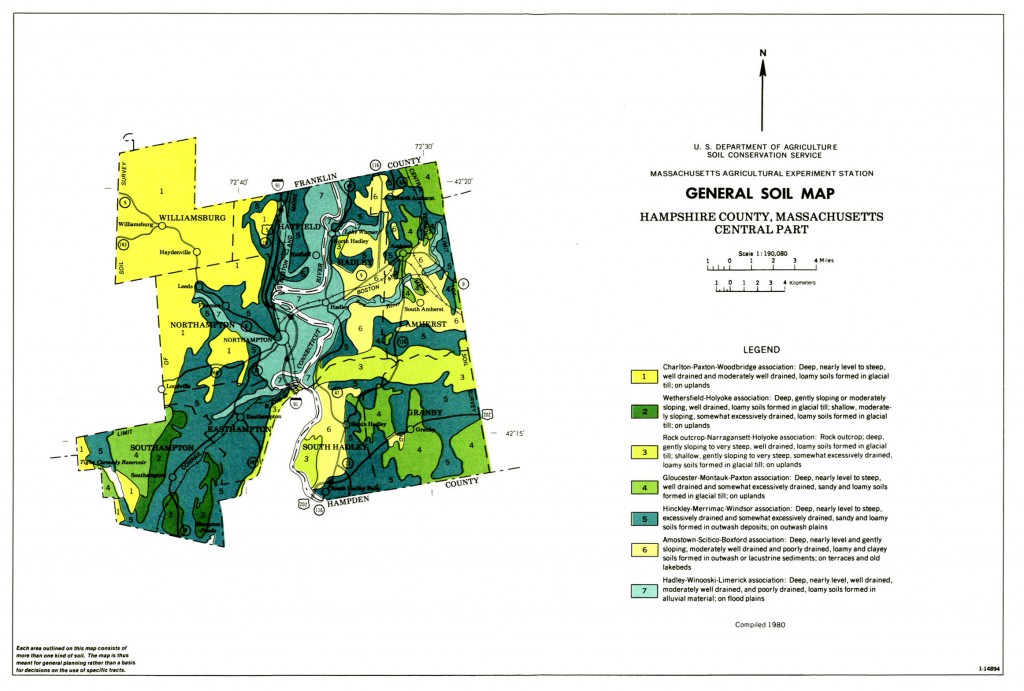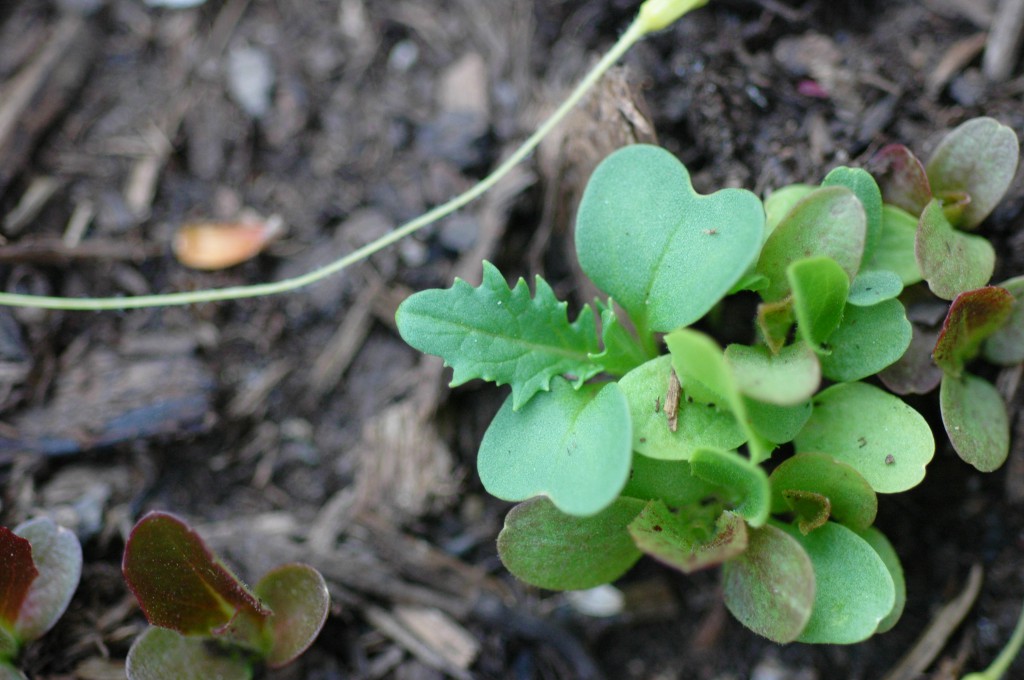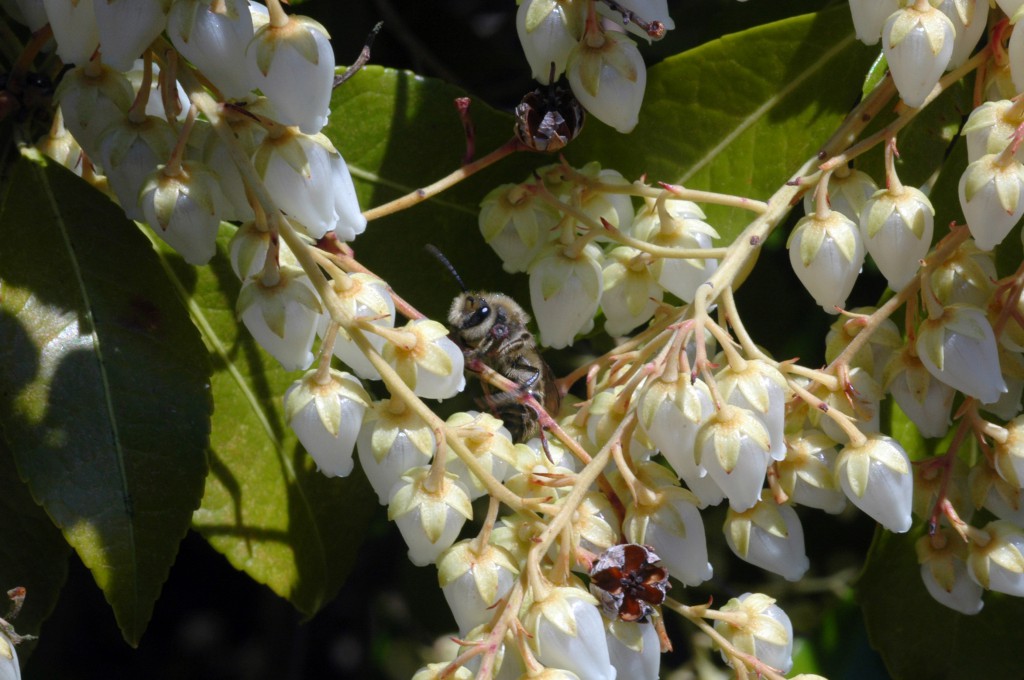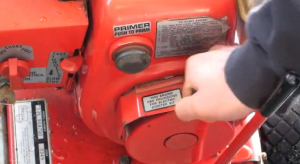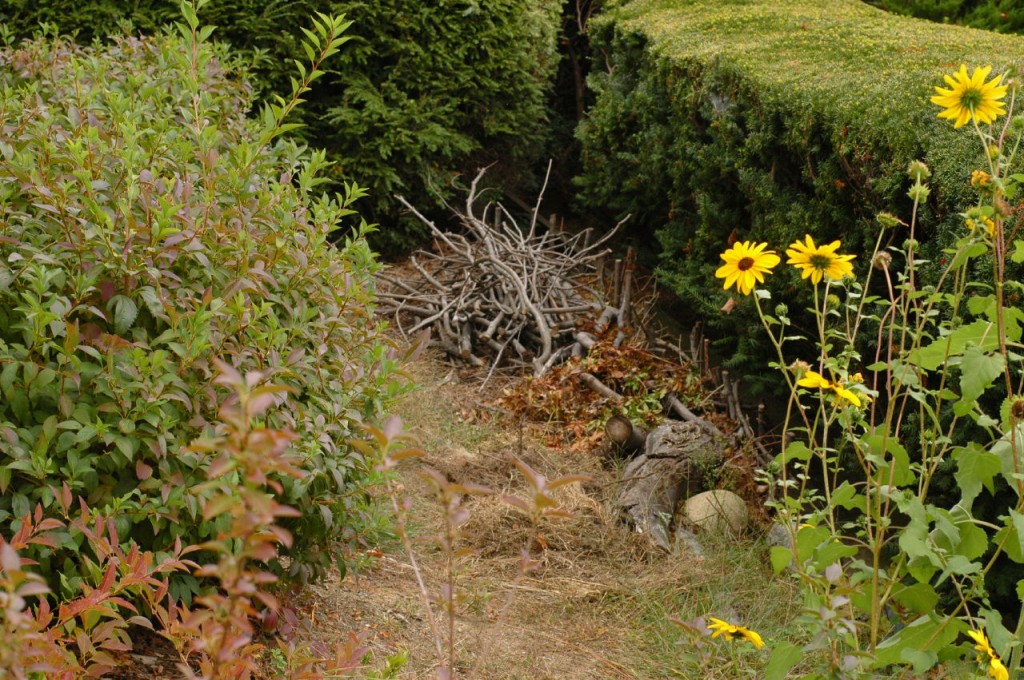 Autumn is upon us, so I set about expanding the leaf weir with the summer’s tree cuttings. Weaving in the branches I had gathered raised the level of the weir by about a foot, and extended it several feet toward the sunflowers. Continue reading Expanding the Leaf Weir
Autumn is upon us, so I set about expanding the leaf weir with the summer’s tree cuttings. Weaving in the branches I had gathered raised the level of the weir by about a foot, and extended it several feet toward the sunflowers. Continue reading Expanding the Leaf Weir
The Reach of Our Senses
The news that the Voyager Spacecraft has left the solar system and entered interstellar space fills me with happiness. Launched in 1977 – the year I was born – this little tendril of technology has extended our senses to the planets and now to the edge of our celestial neighborhood. You can actually hear a change in pitch from Voyager’s sensors as it passes the interstellar boundary. It senses, and communicates.
The Brick
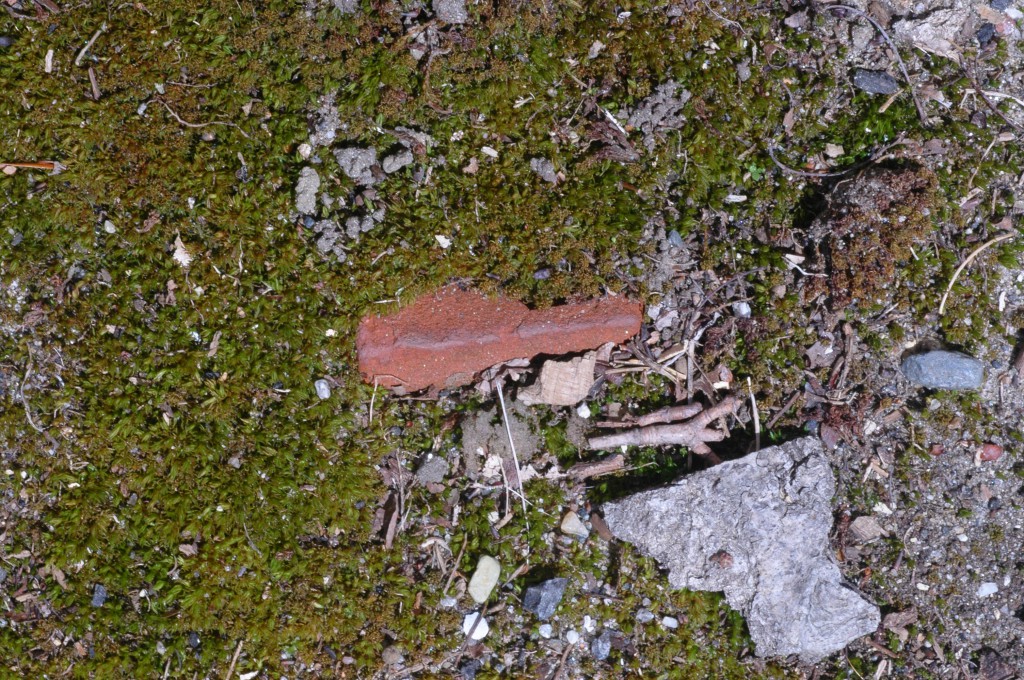
There’s a great post on Next Nature about brick sculpture by Maarten Vanden Eynde. Bricks are one of my favorite technologies for being incredibly long lived and durable. The basic form of fired brick has hardly changed in over 6,000 years! They are living proof that technologies don’t go extinct.
The landscape where we live is littered with bricks, the residue of our recent industrial past. They erode from hillsides and stream beds like fossils. A great many were spread along the Mill River by the Flood of 1874, forming a technological smear in the landscape that will persist for millennia. Still functional, the bones of old mills make their way into my garden terraces.
The Egg
“All the armies that have marched the earth, and quenched its soil with their blood. These boys of our passing days, and all their comrades in arms who are dust. The hordes of Genghis Kahn, the legions of Assisi, the bowmen of Assyria, all the children of today, and of unnumbered yesterdays. All the poets, all the tyrants, all the philosophers, and all the fools. All of mankind who have lived and labored on this planet since the beginning, all have come from this microscopic egg, many many times smaller than a mustard seed.” –In the Beginning, 1937 (USDA Extension Service, Division of Motion Pictures)
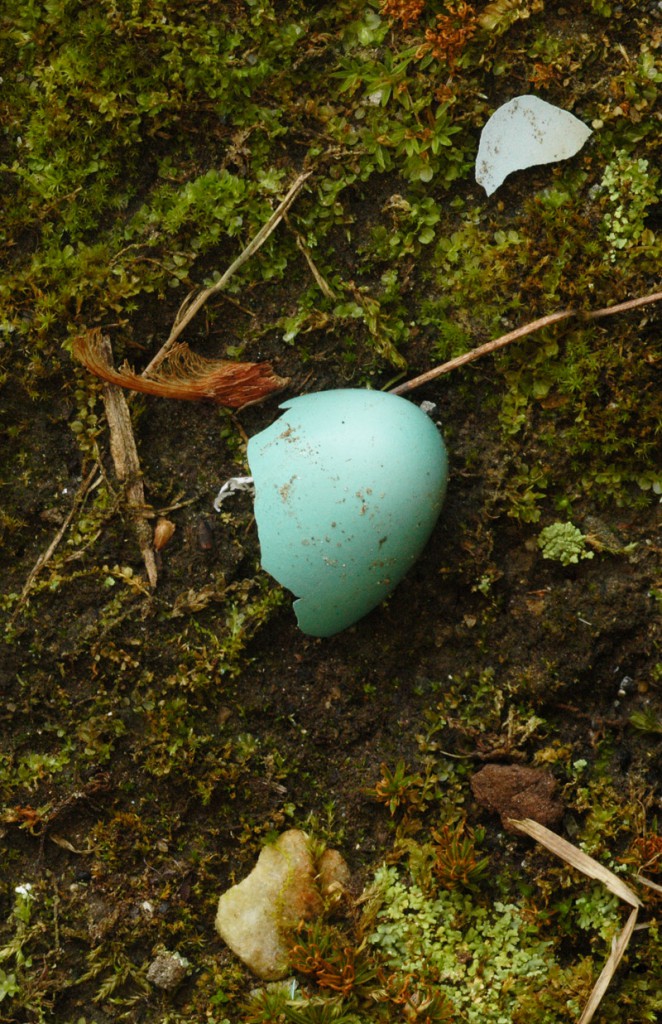
I found this robin’s egg nestled alongside a maple seed, each playing their role in an unbroken chain stretching back billions of years. It reminded me of In the Beginning (1937) which is preserved in the excellent Prelinger Archives. Don’t watch the linked movie unless you can stomach a bit of leporine vivisection.
While science has understood the mechanics of life in broad strokes for centuries, we are still grappling with the implications. Of all the different forms that life has given rise to on this planet, should we be so surprised that human technology is among them? Next to the intricate beauty of a seed or an egg, our tools are crude and simple beings.
Bryophites Rock
Poking around the garden yesterday with my robotic tripod, I captured a lot of moss and a few odd interlopers. Did you know that moss that was frozen under a glacier for 400 years can come back to life? Or that little moss tumbleweeds support an entire ecosystem as they bounce around the tops of glaciers? Here we have them growing happily on top of glacial till and outwash.
Click for the higher res image – the original is in the 50 megapixel range! I like the way a long exposure and tiny aperture increased my depth of field and caught the evening light.
A Robot in the Garden
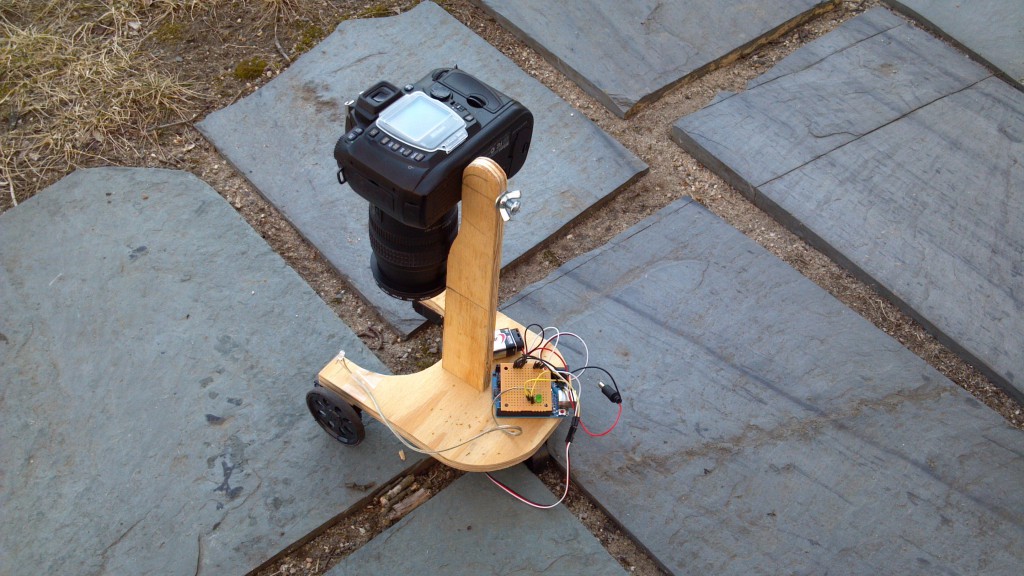
I’ve been playing around with Arduinos and robotics lately, and have created a robotic tripod that allows me to progressively scan the ground at ridiculously high resolution. Continue reading A Robot in the Garden
Soil Maps and Lost Landscapes
I just discovered these incredible soil maps of Western Massachusetts. Produced by the USDA in the 1980s, they contain a wealth of information on what is under our feet. Here in the Pioneer Valley, we live on vast piles of glacial till and outwash. An ice sheet 2 miles (!) thick slid across this area 12 to 14,000 years ago, leaving behind sand, gravel, stones, boulders, and bedrock when it melted. Continue reading Soil Maps and Lost Landscapes
True Leaves
One of the most interesting things I’ve learned in starting a garden is the phenomenon of “true leaves.” Many plants start out with two leaflets that correspond to the two halves of their embryo. These are generally simple and rounded in appearance, and serve to get the baby plant going. As it continues to grow, the next set of leaves to emerge are the true leaves, which look like tiny versions of the mature plant. In the case of baby lettuce, they are also extremely cute. Continue reading True Leaves
Technology in the Garden
Evidence of habitation abounds on our sixth of an acre, from the mill workers’ houses of the 19th century through Easter egg hunts in the 20th. But humans are not the only ones to leave a technological trace. The flowers and bees are as much technology as the bits of paper and plastic. Continue reading Technology in the Garden
Tracks in the Snow
Wandering around the hillside these days, I’ve seen quite a few animal tracks in the snow. I like the way the rabbits repeated a path until it became a trail, connecting the clear ground by the house to their various destinations in the garden. Time for some camera traps!
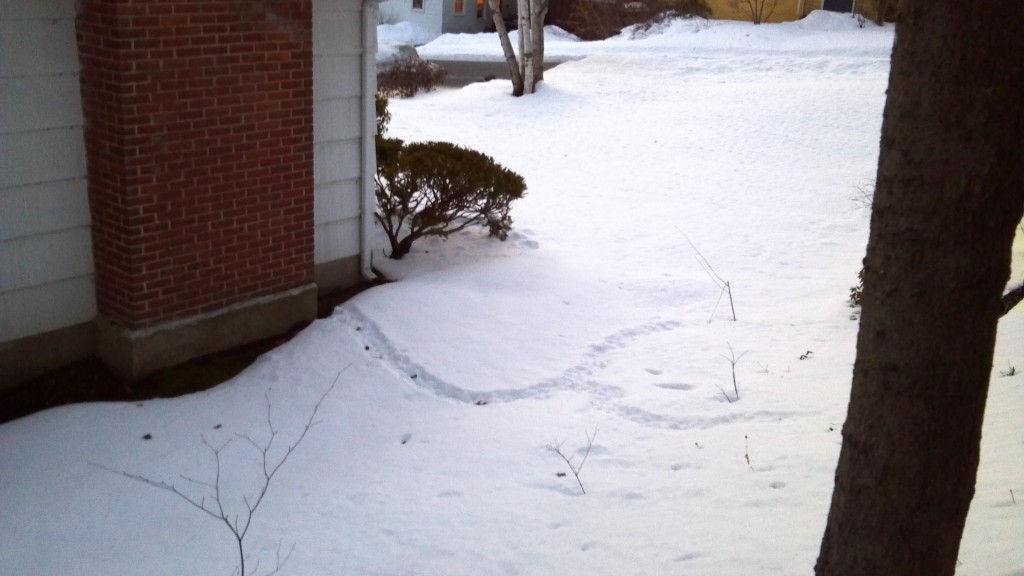
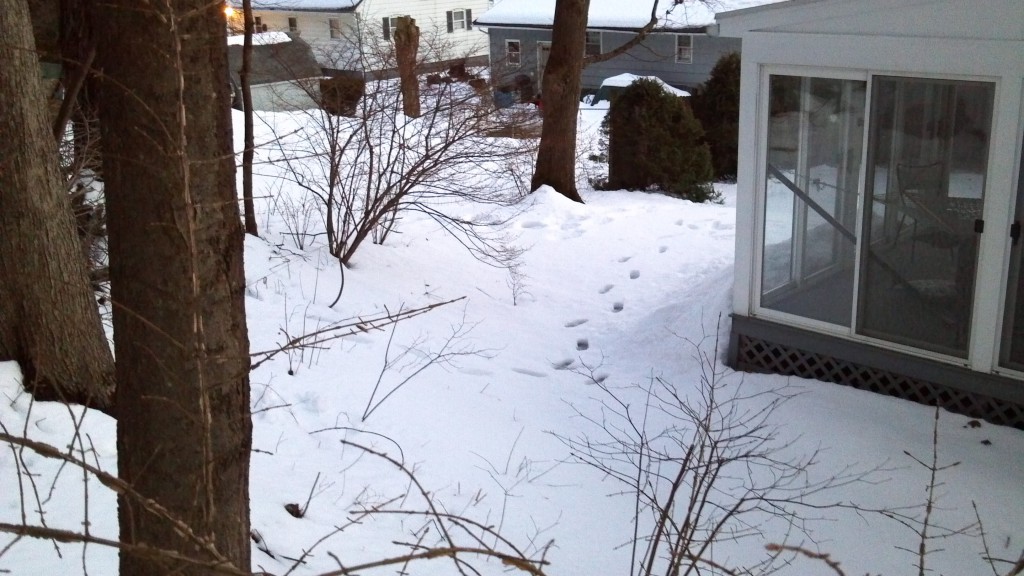
And of course, the snow blower leaves its own sort of tracks.




